Before I launch into this article, I want to get the elephant in the room out of the way.
Bing.
I know what you might be thinking: “Really, Neil? Bing?”
Yes, I meant Bing. No, that’s not a typo or a joke.
There’s no doubt that Google is the goliath in the search engine space. They’ve done an excellent job of making “Google” synonymous with “search engine.”
Heck, Google is even the go-to verb people use when they talk about searching on the web. “I need to Google that.”
So with Google absolutely dominating the search engine world, is it a waste of time to talk about other search engines?
It might surprise you, but Bing is anything but a waste of time.
A lot of people hate on or even make fun of Bing. That’s mostly because it’s the closest competitor to Google, and people assume it’s tiny.
But Bing is shockingly big.
In 2015, 1 out of 5 people used Bing. Experts like Mark Hachman, the senior editor of PCWorld, made the switch from Google to Bing.
And as of May 2016, Bing’s market share was growing while Google’s was dropping.
Needless to say, lots of people use Bing.
Like Google, Bing also offers ads. And there’s a ton of power here.
There’s good reason to use Bing Ads. The search engine receives 11 billion monthly searches and 59 million users that are exclusive to Bing.
So here’s the big question: How do you make the most of your Bing Ads?
I compiled a master list of 21 hacks that experts have used to create outstanding Bing ads.
If you’re new to Bing Ads, first check out my article on setting up a campaign.
Then get ready to learn a bunch of tips to take your ads to the next level.
1. Use the time zone feature
Bing has a really cool feature that allows you to specify time zones for your ads.
Using this tool, you can hyper target your ads so they reach users at the best times.
You could be wasting precious ad dollars without modifying time zones.
Your ad might be reaching New York during the daytime, but that means it’s nighttime in Tokyo. You get the idea.
If you’re trying to target people around the world, you can’t miss out on this feature.
2. Target specific devices
Bing gives you precise control over which devices your ads reach.
This comes in handy if you’re optimizing for certain type of devices, like mobile devices (see #11 on this list).
You can even target specific operating systems. I love that level of detail.
So if you know what devices your audience uses, you’re all set to go.
3. Fine-tune search demographics
Demographics are important, right?
But be honest: How much do you really take them into account?
Maybe you want more control than what AdWords gives you. If so, look no further, because Bing gives you the ability to decide exactly who sees your content:
Using this feature after researching your demographics can help your ads become super specific.
You can go as narrow or as wide as you want, and you can adjust it with each campaign you run.
4. Use Bing Product Ads
As you might expect, Bing has a lot of features that are similar to Google.
Take Google’s Shopping results for example.
Bing has its own version that’s integrated even more directly than Google.
Bing’s Product Ads feature lets you display your products right on the SERPs:
Users don’t even have to click on a separate tab. All the results are there, ready to be clicked.
It’s much more convenient than Google’s Shopping results, so people are way more likely to click on a Product Ad.
If you sell a product, whether it’s physical or digital, this is a feature you can’t afford to ignore.
5. Spy on your competition
Are you curious about how your competitors are doing?
With Bing, you can get detailed metrics on other sites in your niche.
You can see how much influence you have compared to your competition. This is one of the most useful features in Bing Ads, and it’s a no-brainer to use. What more could you want?
6. Remarket to interested users
I want you to picture this situation.
I’m sitting at my computer, searching for a keyword on Bing. I see your Bing Ad and click on it.
That’s a success, right? It’s practically a guaranteed conversion!
Not exactly…
Let’s say I remember I have to send an email, so I click out of your site and forget about it.
It seems like you’ve lost me. And this happens to millions of people every day.
But here’s the good news: You can actually remarket to those people using Bing’s Custom events feature:
As with most of the features in Bing Ads, you can get really detailed here and remarket to the exact audience you want.
In this situation, you can set up a custom event to remarket to people who interacted with your site in some way. You can even use regex to narrow your focus even more.
This means you’ll have a higher chance of converting those people instead of losing them forever.
7. Fine tune your Automated Rules
This is another standout feature of Bing Ads.
Automation is fantastic. If you can automate something without losing quality, do it.
What’s nice about Bing Ads is the ability to create Automated Rules to help you run your campaigns on autopilot.
There are 13 types of rules you can make:
And you can change a ton of parameters for each rule.
Spend some time with this feature. It might take a while to master, but you’ll be rewarded with campaigns that practically run themselves and give you a huge advantage.
8. Understand your Top Movers
The Top Movers feature helps you tweak your ads and find out what’s causing variation in your campaigns.
It shows you a list of the “campaigns and/or ad groups that have experienced the largest performance change––by size, not percent––during two specified time frames.”
You’ll be able to see what changes are happening and analyze why they happened so you can budget your ads better.
9. Leverage Bing’s love for local
According to WordStream, “It seems that Bing aggressively matches queries with local results, even when there’s no strong indication that the search query is locally driven.”
They conducted an experiment by searching “kitchen sinks.” Lo and behold, the first result was for a local plumber:
It does appear that Bing likes local results. You can adjust your campaigns for this by bidding for close variant keywords and other related keywords.
10. Use a custom UTM string with ads and keywords
This is an ingenious tip courtesy of Visiture.
If you want to easily track metrics like revenue, conversions, and site visits, you can use Google’s URL Builder to add a unique tracking string to each ad or keyword.
If you’re already familiar with Google Products, this is a nice way to integrate them with Bing Ads.
11. Go mobile
The world is mobile, and you need to be too.
Desktop campaigns are still critical, but you need to create ads specifically with mobile devices in mind. I mean everything from the sentence structure of your add to the call-to-action.
Bing has a separate platform for mobile ads that gives you greater control for mobile search.
I recommend starting by performing mobile keyword research and building those keywords into your ads and content.
12. Optimize for Siri
Did you know that Bing is the default search engine for Siri?
That means if you optimize for Siri, you can literally reach hundreds of millions of people via Bing.
But it gets even better.
You can actually optimize your ads for voice-based keywords that take errors and similar-sounding words into account.
So even if a user’s words get misinterpreted, you can still show up in Siri’s results.
I don’t know about you, but that sounds pretty awesome to me.
13. Use ad extensions
You know how WordPress has plugins?
Bing provides something similar: Ad extensions that give you additional functionalities.
There are seven types of extensions: sitelink, call, location, app, review, image, and callout. There’s a time and a place for each of them, and they’re all worth researching.
The extensions can be incredibly useful. For example, the Call Extension allows users to call your business right from the SERPs:
Extensions are the icing on the cake. Use them to top off an already amazing ad strategy.
14. Use Bing Webmaster Tools
You know Google Search Console (formerly Google Webmaster Tools), right?
Well, Bing has its own version of Webmaster Tools.
It’s similar in many ways to Google Search Console, so if you know how to use GSC, you’ll have no problem here.
The most important feature of Bing Webmaster Tools is the keyword research feature.
Since this is specific to Bing, it will help you find relevant keywords. Also, it works better than a generic online research tool will.
But don’t stop there. Explore all of Bing Webmaster Tools. There are several tools that are worth your time and attention.
15. Become a Bing Ads Accredited Professional
This is a somewhat unconventional tip, but it can do a lot for you.
Bing has a certification program that trains people to use Bing Ads.
This might sound boring, but it has two distinct benefits.
First, you’ll become proficient at Bing Ads. The training is completely free, so you have nothing to lose. You’ll emerge from the training with a deep understanding of how Bing Ads work.
If that sounds like work, take into account the fact that few people are actually going through the training, let alone completing it. So you’ll have an edge over other Bing Ad creators.
Second, as an added bonus, if you complete the certification, you get placed in the Membership Directory:
And you get a free, high-quality backlink out of it too:
16. Import your AdWords ads…
Bing has a nifty feature that allows you to import your AdWords ads into Bing.
How convenient is that?
If you already have a successful AdWords ad, you don’t have to start all over again from scratch. This is especially handy for copying multiple ads over to Bing.
17. …but don’t make these mistakes
That said, it might not be enough to simply import your ads from AdWords.
AdWords and Bing Ads are two totally different animals. They differ in many respects, including targeting, optimization, and negative keywords.
There is definitely some overlap, but you need to look at Bing Ads by itself.
Here’s a list of 5 common mistakes that may happen when you import ads and how to fix them.
18. Use .csv files
Yep, you can import .csv files right to Bing.
Use the “Import from file” option to do this:
It doesn’t get any easier than that.
19. Download Bing Ads Editor
Bing Ads Editor is a full-fledged program you can open on your desktop and use to modify your ads.
It can go crazy in depth, so I recommend it only if you’re serious about succeeding with Bing Ads.
20. Consider opting out of the syndicated search partner network
By default, Bing displays your ads on their Search Partner sites, which are all the sites in the Yahoo! Bing Network that aren’t Yahoo! or Bing. Usually, these are niche sites.
You might want to consider opting out of this, as some experts argue the program doesn’t get you the highest quality traffic.
It does get you more exposure, but it might also bring you traffic you don’t necessarily want. So keep that in mind with each campaign you create.
21. Watch your Quality Score
You’re probably familiar with metrics like Domain Authority and Page Authority.
These reflect how authoritative and popular your site is.
Bing has something similar in its Quality Score metric.
This “shows you how competitive your ads are in the marketplace by measuring how relevant your keywords, ads, and landing pages are to customers’ search queries and other input.”
In other words, it’s a pretty good indicator of how well your ads are doing and how useful they are to users.
Quality Score ranges from 1 to 10, with 10 being the best.
If you want to check your Quality Score, follow these instructions:
You can also view past Quality Scores. Here’s Bing’s official documentation on how to do so:
Last but not least, here’s a breakdown of the range of Quality Scores from 1 to 10 and what those numbers mean:
Conclusion
When I suggest to some of my clients that they use Bing, they’re usually skeptical at first.
While Bing isn’t as widely used as Google, it still caters to a large audience.
A lot of people use Bing. Hey, you may have even used Bing if you’ve performed a Siri search recently!
Despite being overshadowed by Google, Bing still holds its own as a popular search engine.
And many Bing users don’t use Google at all, so if you only think about Google, you’re ignoring millions of potential customers.
Is that something you really want to do?
There’s something to be said for still calling it “search engine optimization” and not just “Google optimization.”
Should you leave Google behind in favor of Bing? Hardly!
Instead, add Bing to your existing marketing strategies. Explore what it can do for you. If you do it right, you’ll get a nice return on your investment.
If you’re familiar with Google AdWords, you’ll quickly adapt to Bing Ads and its extensive options. You might even prefer it after you use it for some time.
I’ll bring up one last point as some food for thought.
You probably think Bing isn’t popular. Am I right?
Guess what? So does your competition.
They’re probably not using Bing Ads! If you engage Bing Ads (sooner than later), you’ll gain an untapped market that your competitors aren’t even touching.
This is one of the methods that savvy marketers use. It’s called first-mover’s advantage. The sooner you make a tactical marketing move, the better chance you have of outmaneuvering and out-marketing your competition.
So if you’re after complete and total marketing dominance, you can’t let Bing slip through your fingers.
Do you use Bing Ads? If you do, what is your best tip for a great ad campaign?

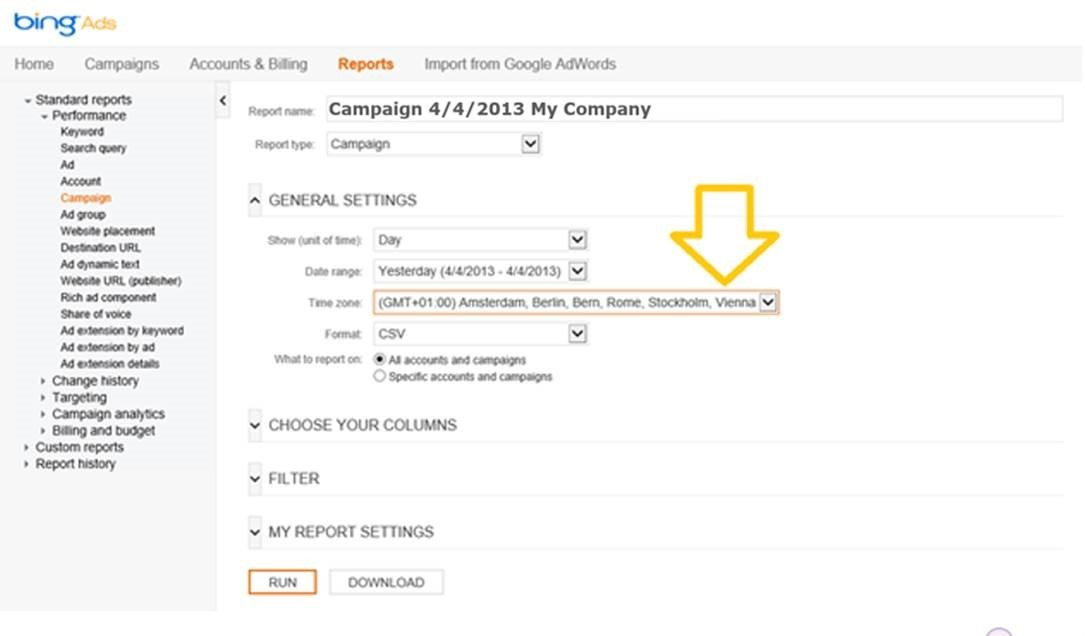

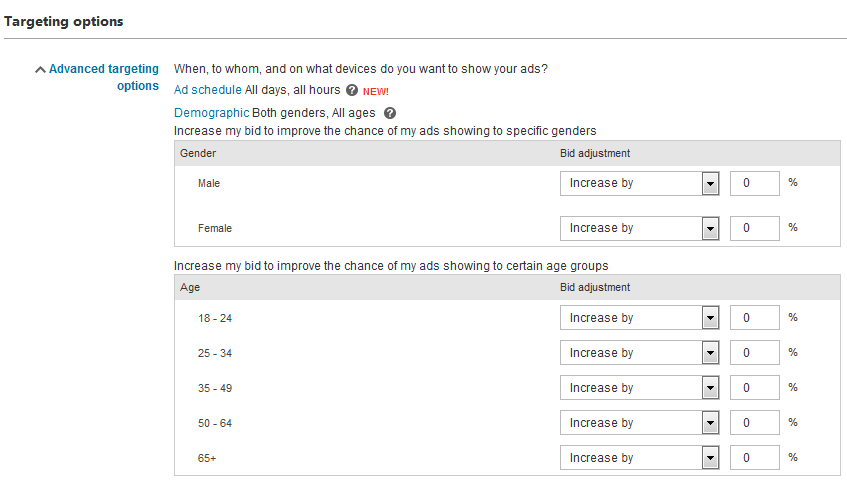
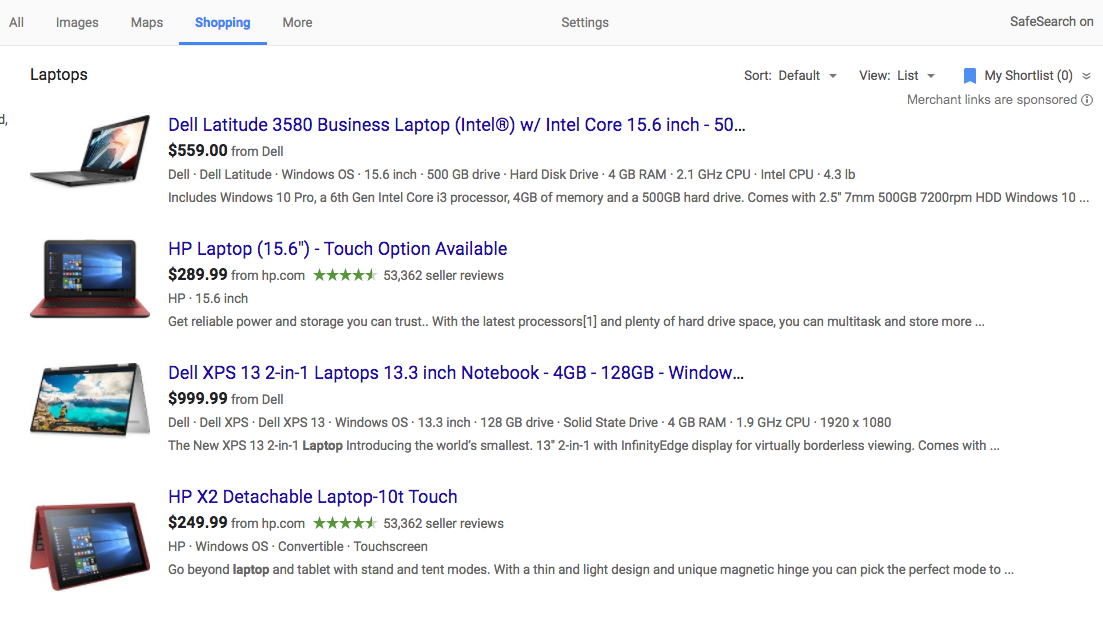
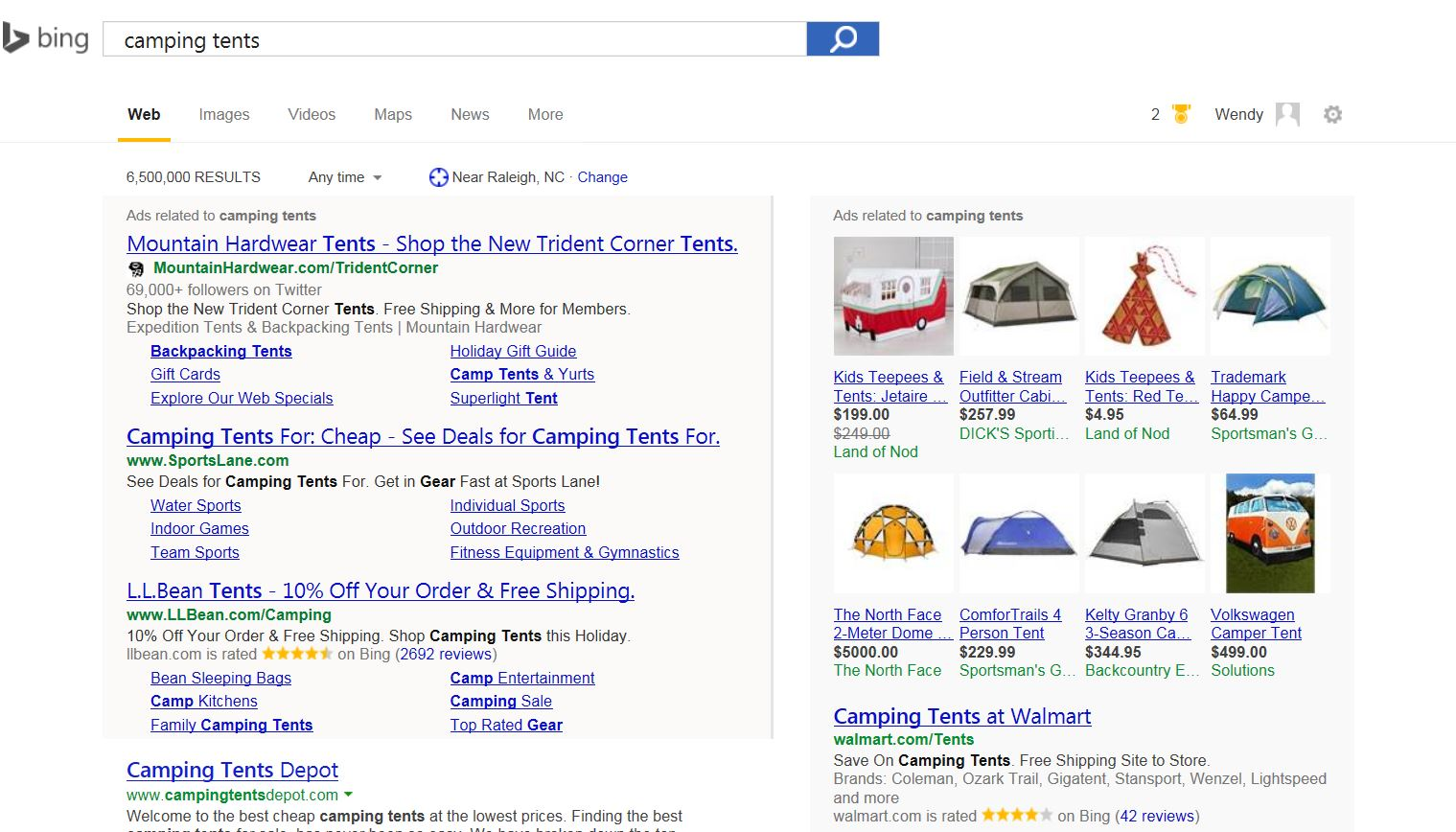

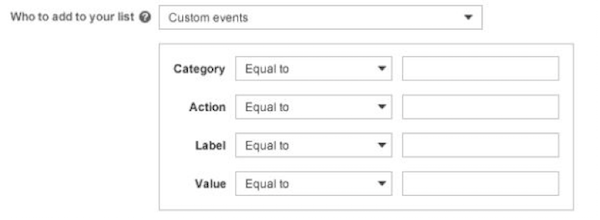
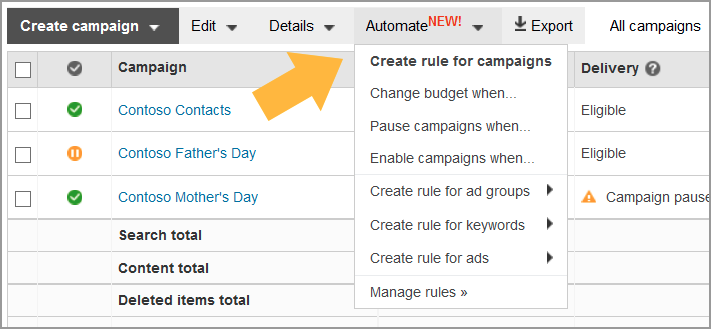
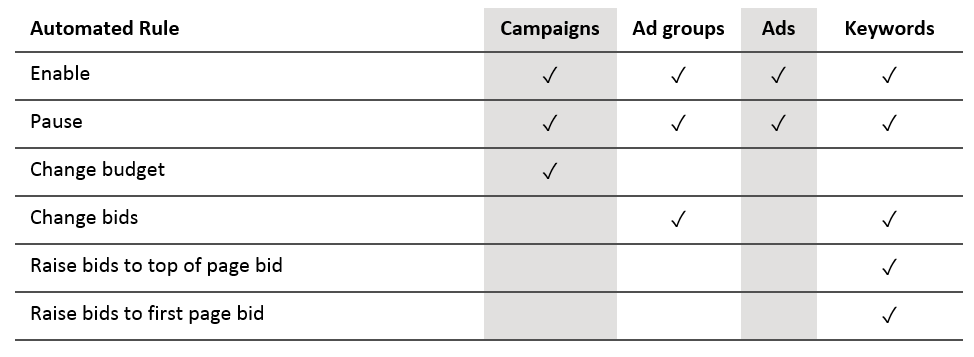
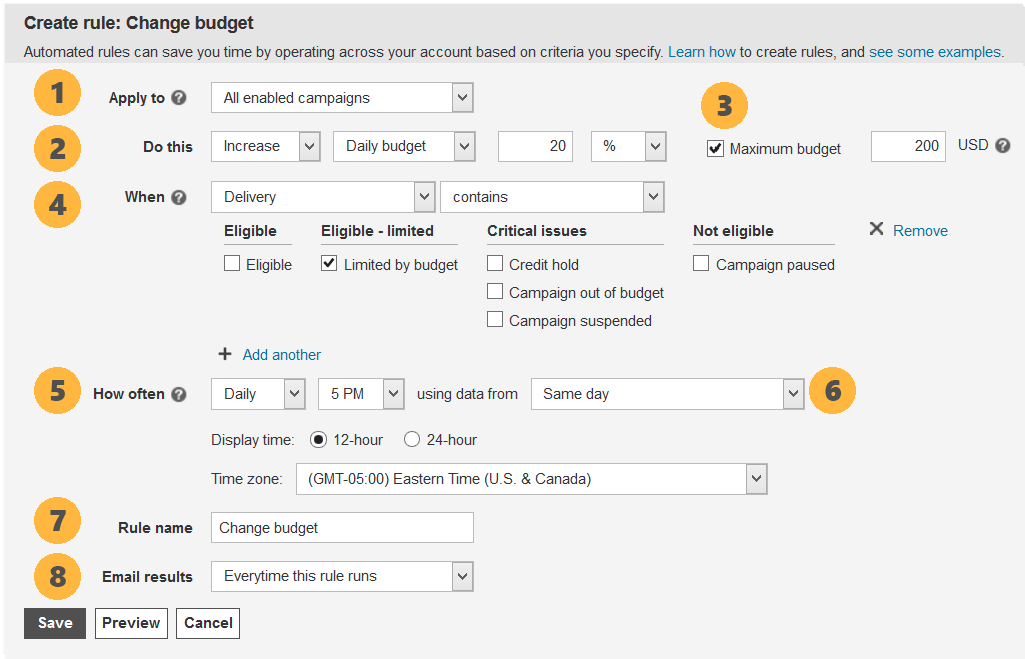

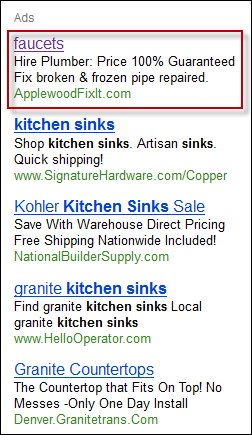

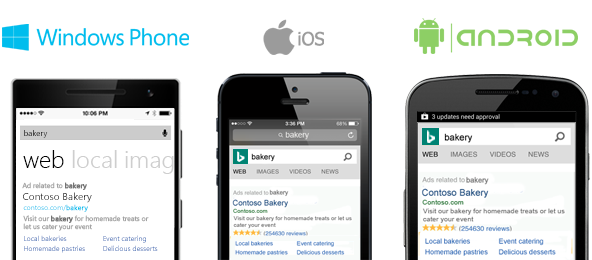

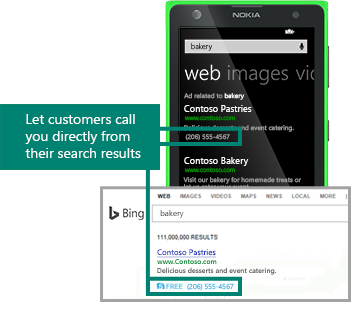
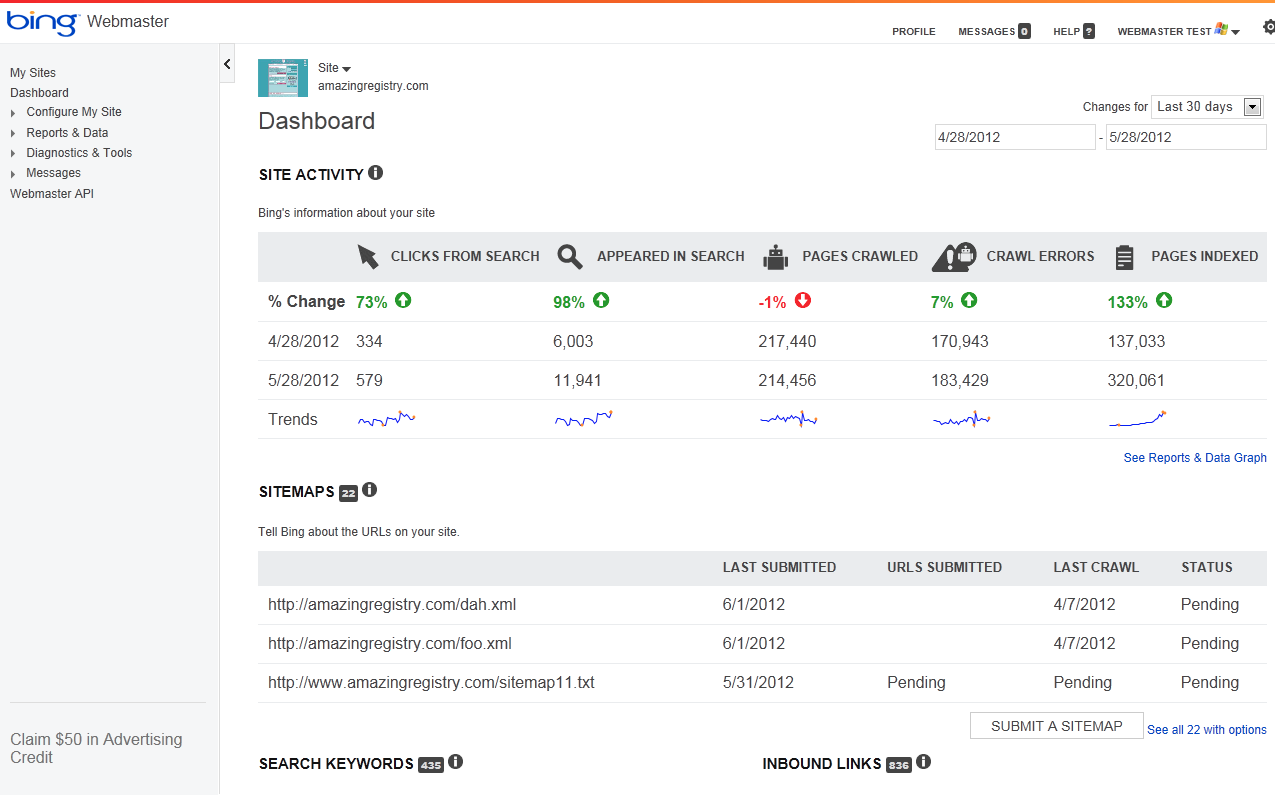
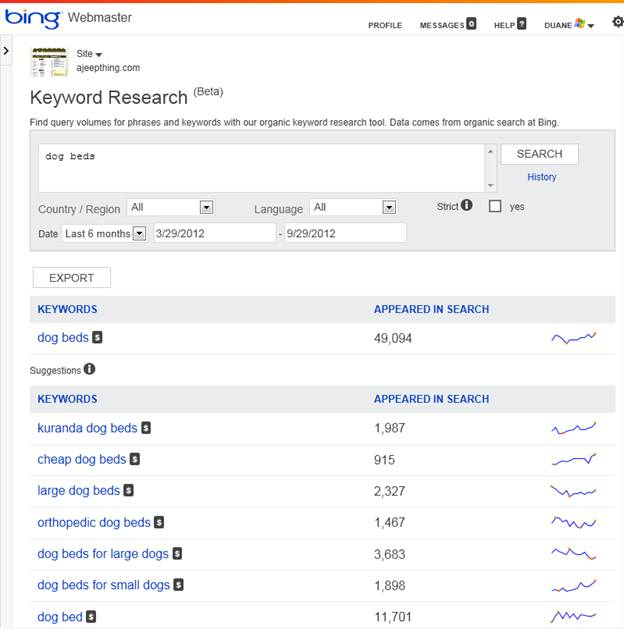
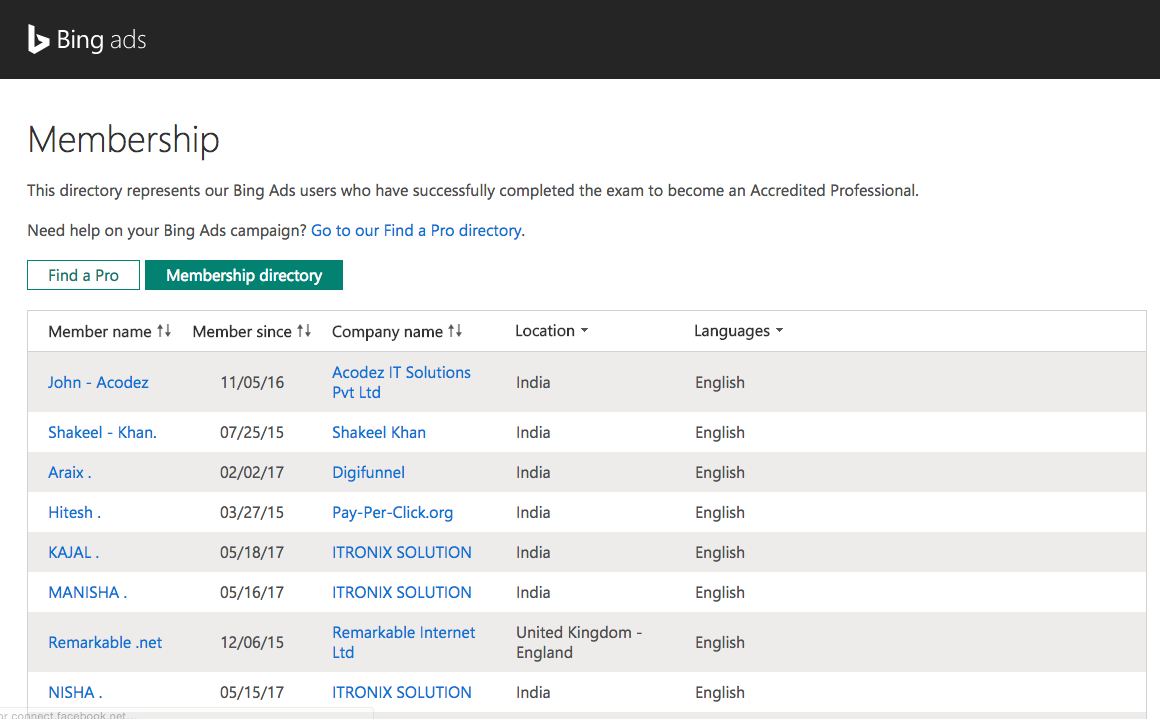
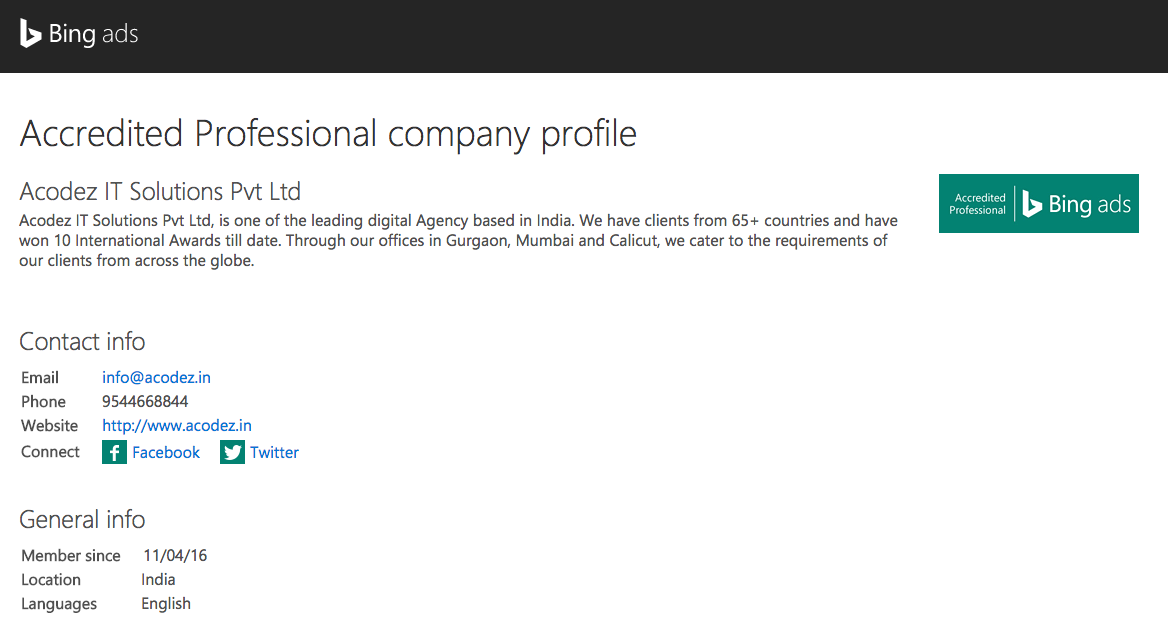
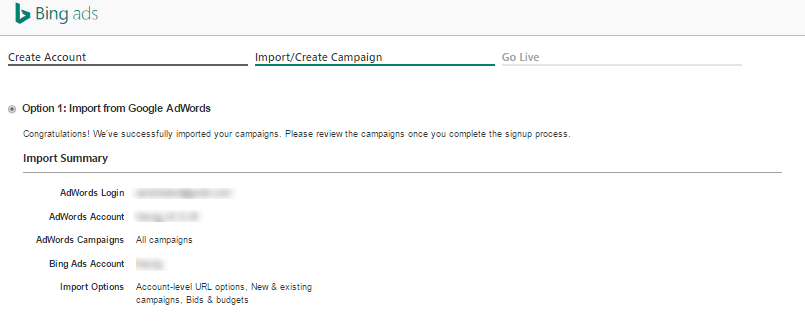
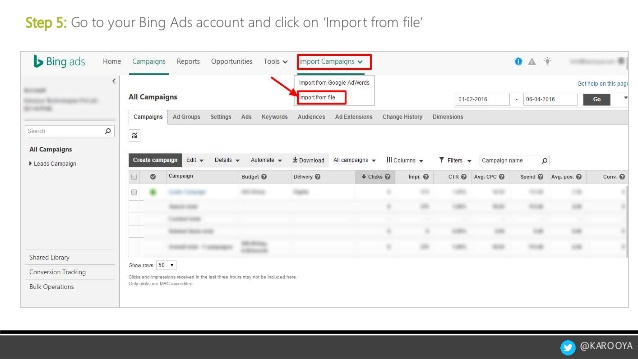
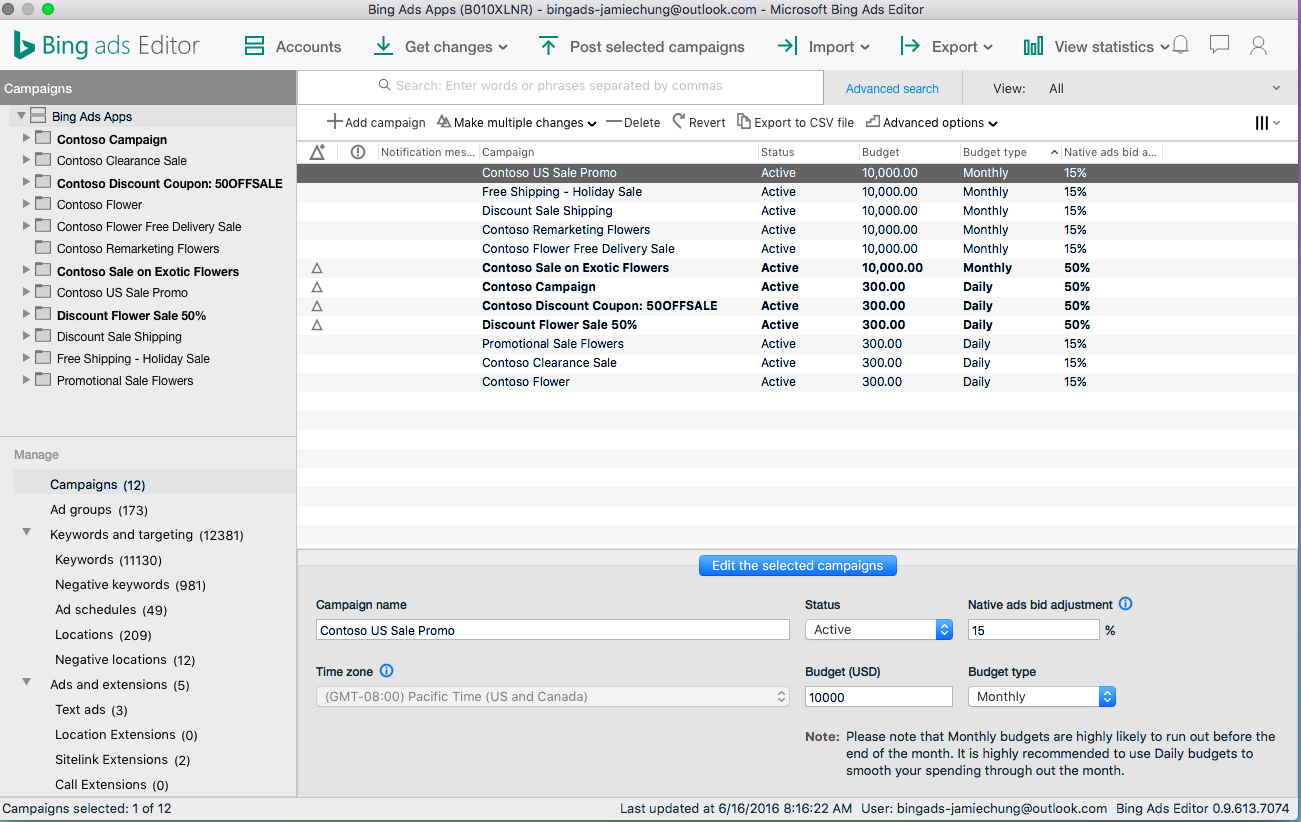
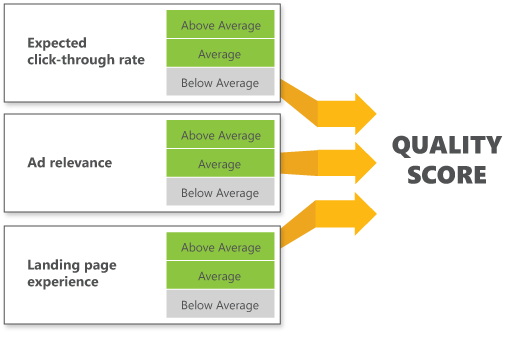
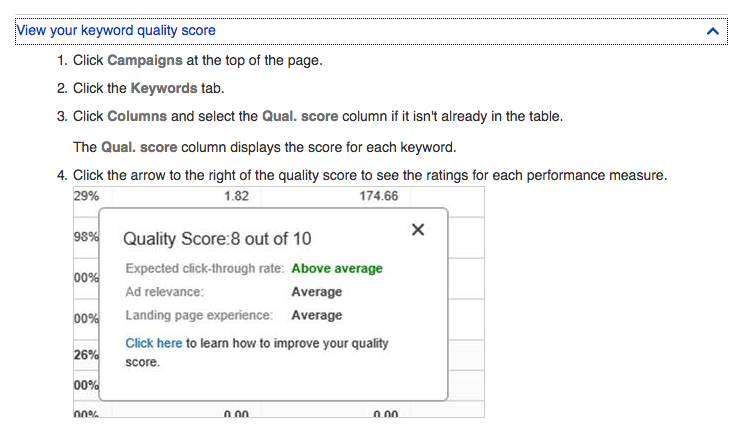
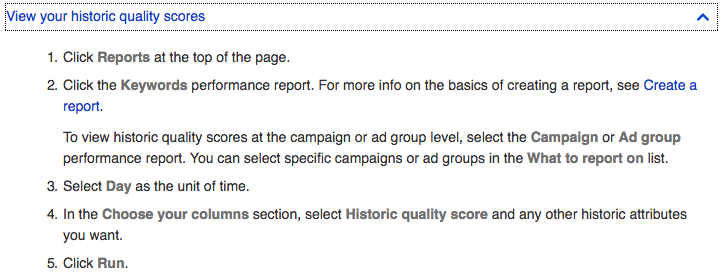
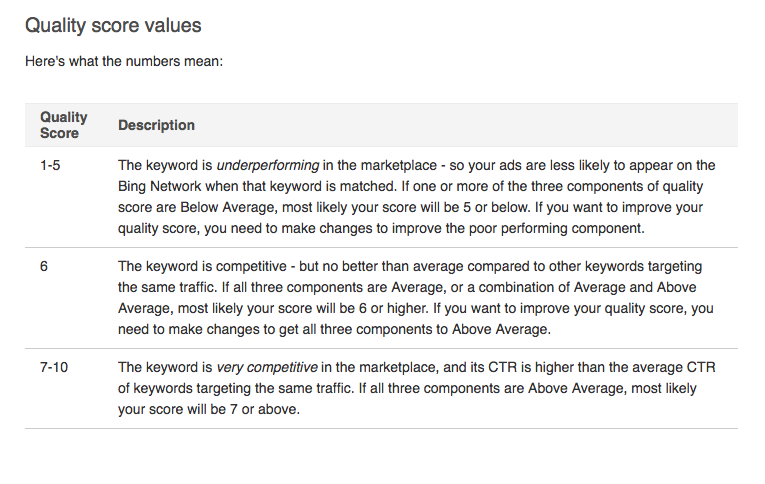
Comments (18)